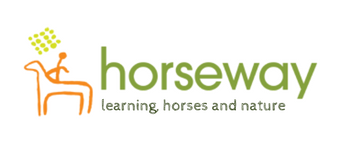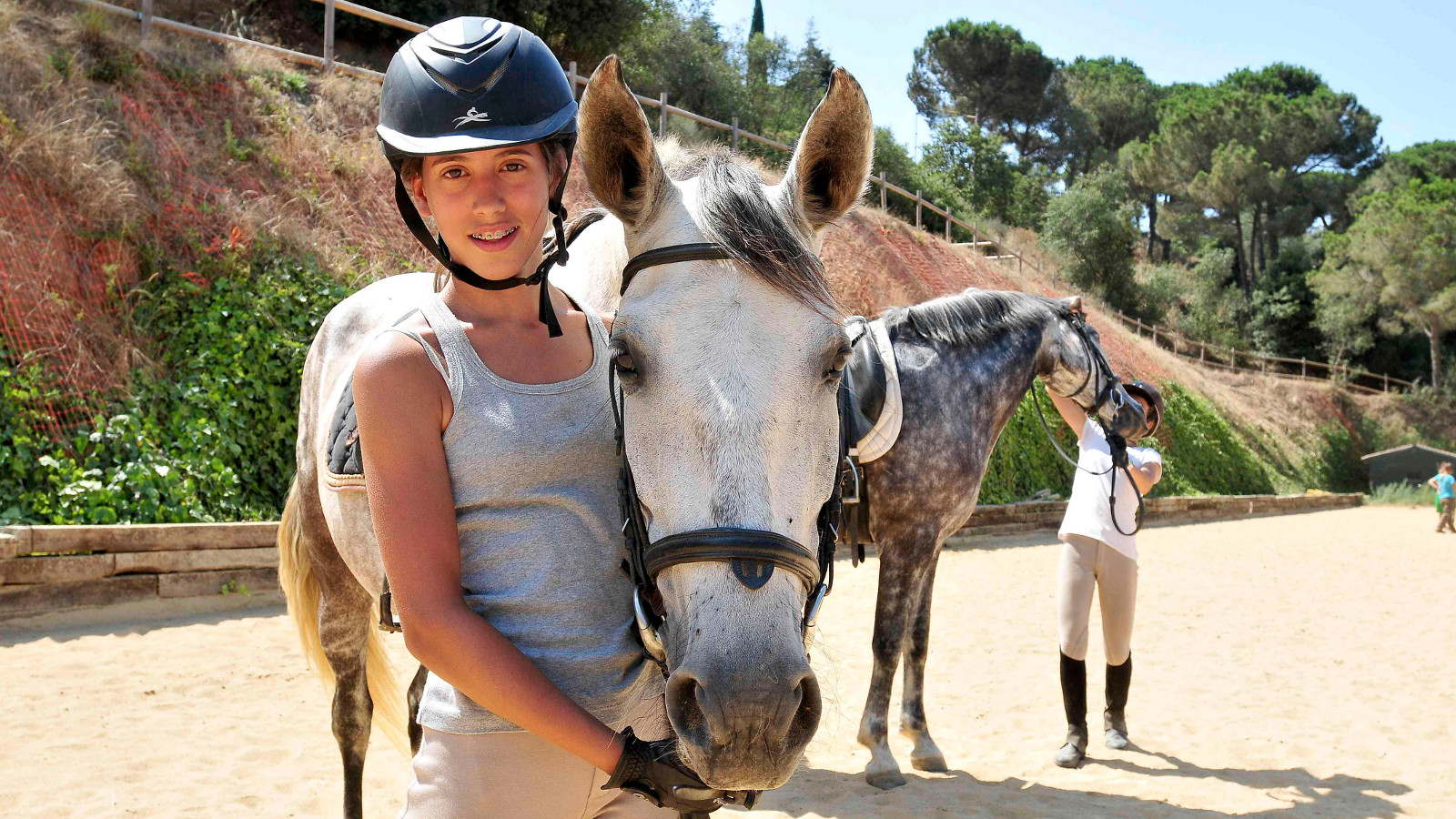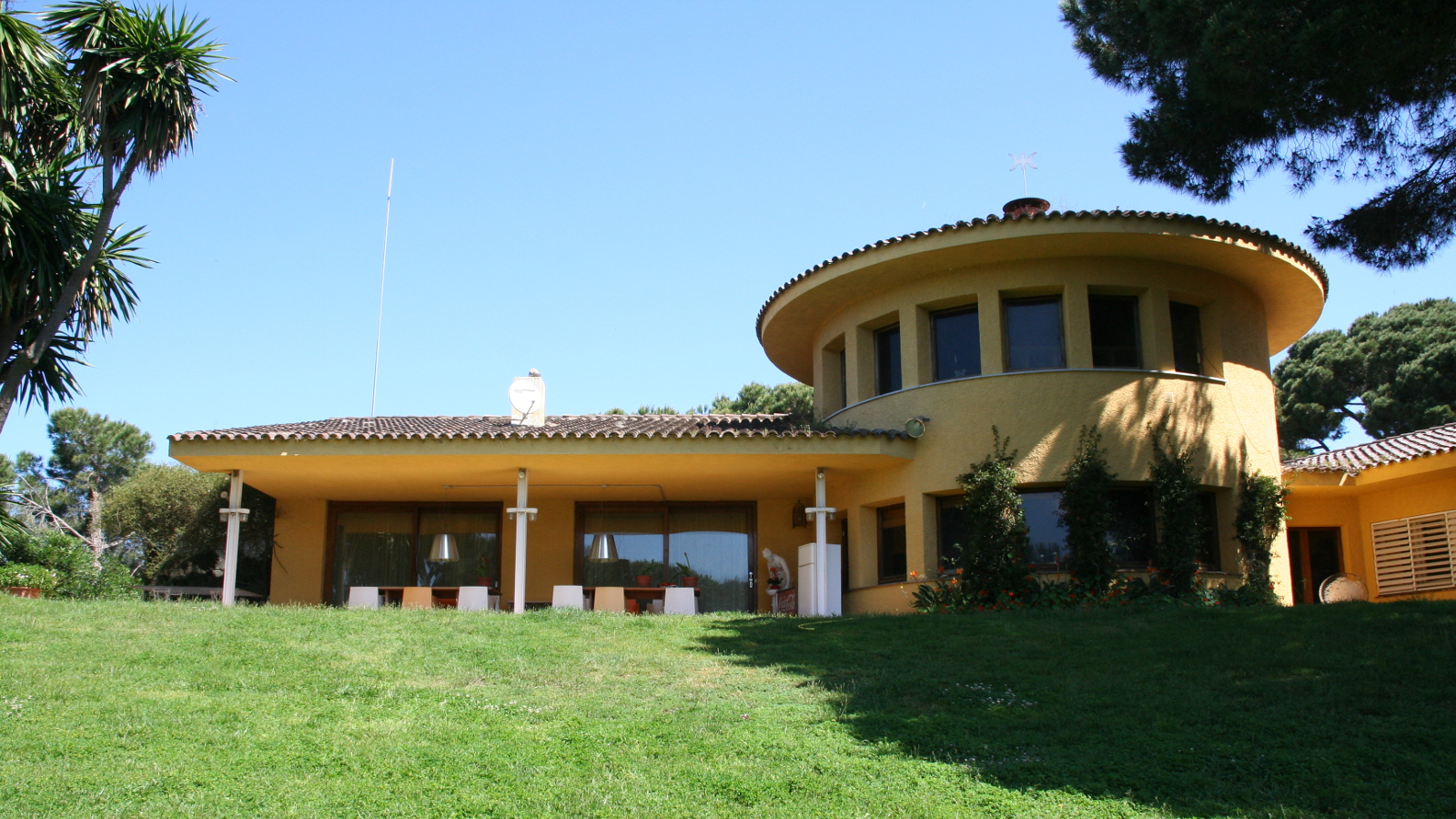Directed towards children from 12 to 16 years old, from intermediate to advanced level.
Courses last from 2 to 5 weeksFrom the 26th June to the 31th of July 2016
Classes in natural horsemanship and connected riding utilize connected riding techniques to improve the connection between rider and horse.
Most young people want the best for their horses, but often they unwittingly contribute to tense habits in the horses. With this methodology they learn techniques and abilities to improve their relationship with their horse, so both of them can enjoy the ride. Ideally, when there is a good connection, movement starts at the back-legs of the horses and travels through the rider’s body, through the arms, through the reins to the mouth of the horse.
The Horseway methodology teaches both how to understand the horse and how to use our bodies more efficiently, to help the horse move more freely and to connect with the rider, becoming one with the movement of the horse.
The Farriols horses are calm horses, and they know the technique, so they are more sensitive than other horses to the process, allowing further refinements in technique and accelerated learning.
The experience of improved communication with the horse: working mounted, dismounted, or hands-free, is all fun, and develops your talent and skill at your own pace.
In Horseway at Yeguada Farriols, you will be given a warm, friendly welcome and treated as a guest. It’s a relaxed atmosphere that will support you through your learning process.
Horseway riding-camp
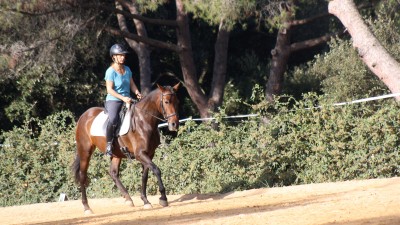 Yeguada Farriols open its doors to teens who would like to learn about daily life at the farm. It is founded on principles of respect, care of the horses, and nature.
Yeguada Farriols open its doors to teens who would like to learn about daily life at the farm. It is founded on principles of respect, care of the horses, and nature.
Situated in the natural park Corredor-Montnegre, in Maresme, about 30 minutes outside Barcelona, the accommodation is in the Farriols family’s house, which has a cozy family atmosphere.
Besides learning with horses, we also learn in a natural way about ourselves, and how to relate better with our environment.
Our objective has been to create a space where young people learn to understand and communicate with the horses. All this is achieved through the techniques of natural horsemanship, Connected Riding™, and breathing, followed by reflecting on the experiences with the horses and games, and deciding what was positive, and why.
Yeguada Farriols and its horses
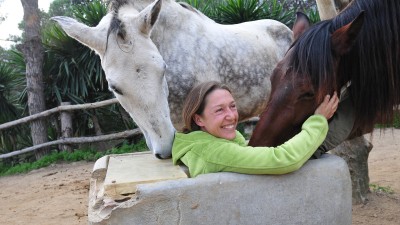 Yeguada Farriols is a family breeding farm, founded by the grandparents. Currently, three generations of women work on the farm (grandmother, mother and daughter). Since it was founded 30 years ago, the women have dedicated themselves to select the best mares for breeding, and the best stallions of Pure Spanish Breed (PRE) in order to create their own line of horses with good physique, good movement and above all, good character.
Yeguada Farriols is a family breeding farm, founded by the grandparents. Currently, three generations of women work on the farm (grandmother, mother and daughter). Since it was founded 30 years ago, the women have dedicated themselves to select the best mares for breeding, and the best stallions of Pure Spanish Breed (PRE) in order to create their own line of horses with good physique, good movement and above all, good character.
Besides breeding, imprinting, and the education given through natural horsemanship, they have made it possible for their horses to trust humans and themselves, to be calmer, free of fear, and thus more predisposed both to learn and to communicate with people.
What is natural horsemanship?
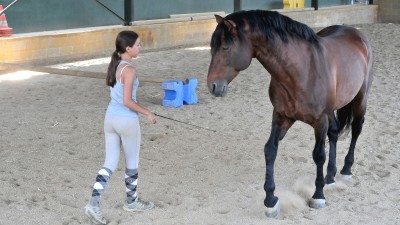 Natural horsemanship takes the nature of the horse into account, learning its psychology, how it lives and perceives the world, to communicate with it in a natural and effective. The method achieves results with collaboration, not imposition.
Natural horsemanship takes the nature of the horse into account, learning its psychology, how it lives and perceives the world, to communicate with it in a natural and effective. The method achieves results with collaboration, not imposition.
The first exercises are performed dismounted, with the horse running free. This is the way to create a relationship of trust and respect with the horses, as they have with one another in the herd.
You could bring your own horse and put what you’ve learned into practice, adapting it to your own horse’s character.
What is Connected Riding™?
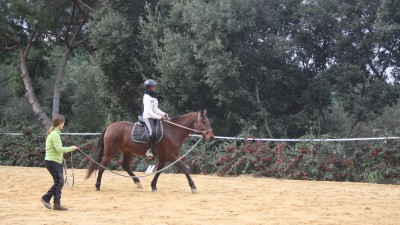 It is learning how, through our riding posture, to be the perfect dancing partner for the horses, accompanying them in movement. Students learn this bodily awareness exercises.
It is learning how, through our riding posture, to be the perfect dancing partner for the horses, accompanying them in movement. Students learn this bodily awareness exercises.
The majority of young people want the best for their horses, but often they can unwittingly contribute to habits the horses’ tension. This methodology teaches techniques and emphasizes those abilities that improve their relationship with their horse, so both horse and rider enjoy the ride.
Ideally, when there is a good connection, movement starts at the back-legs of the horse and travels through the rider’s body, through the arms, through the reins to the mouth of the horse.
We also teach our horses the correct posture, because even though a horse can be ridden, it is not born with this instinct. We can help the horses enjoy their harmony with us — that is the basic purpose of all that we teach.
Emotional education
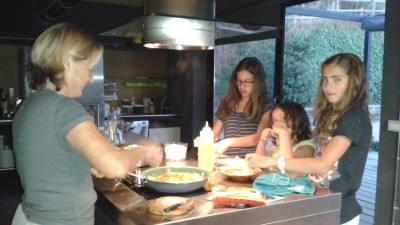 Horses perceive our emotional states, and react to them. Being aware of how our emotions and attitudes affect the horse is most important. When we adjust ourselves, we improve not only our well-being, but also our relationship with others —in this case the horse.
Horses perceive our emotional states, and react to them. Being aware of how our emotions and attitudes affect the horse is most important. When we adjust ourselves, we improve not only our well-being, but also our relationship with others —in this case the horse.
Living harmoniously with friends and other adults is important. Our familiar atmosphere is nurturing, and empowers us through daily activities just as regular meals or birthday celebrations do. We always strive for a relaxed, easy atmosphere that fosters friendship and affection among us all.
Program
This part includes all the typical tasks of a breeding farm
- Giving food to the horses
- Relative tasks with the installations and equipment: cleaning boxes, material, etc.
- Anything that includes having the horses in good condition: cleaning, showering, caring for them when necessary, etc
- Learning how to take care of the first steps of the foal in order for them to become future horses with a healthy physique and mind.
- Classes in natural horsemanship
- Classes in connected riding and classic horsemanship (theory 1 time per week)
- Excursion in the country (1 time per week)
- Space for reflection (every night, reflection about the horses, about one’s friends and about oneself)
- Classes in French and Spanish through projects with selected themes for the students.
Daily Program: Monday to Saturday
- Feeding
- Cleaning horses
- Riding
- Pool
- Lunch
- Languages
- Riding-theory-videos
- Reflection
- Supper
Sunday is a free day and is used for sightseeing in Barcelona, going to the beach, visiting Cim d’Aligues.
